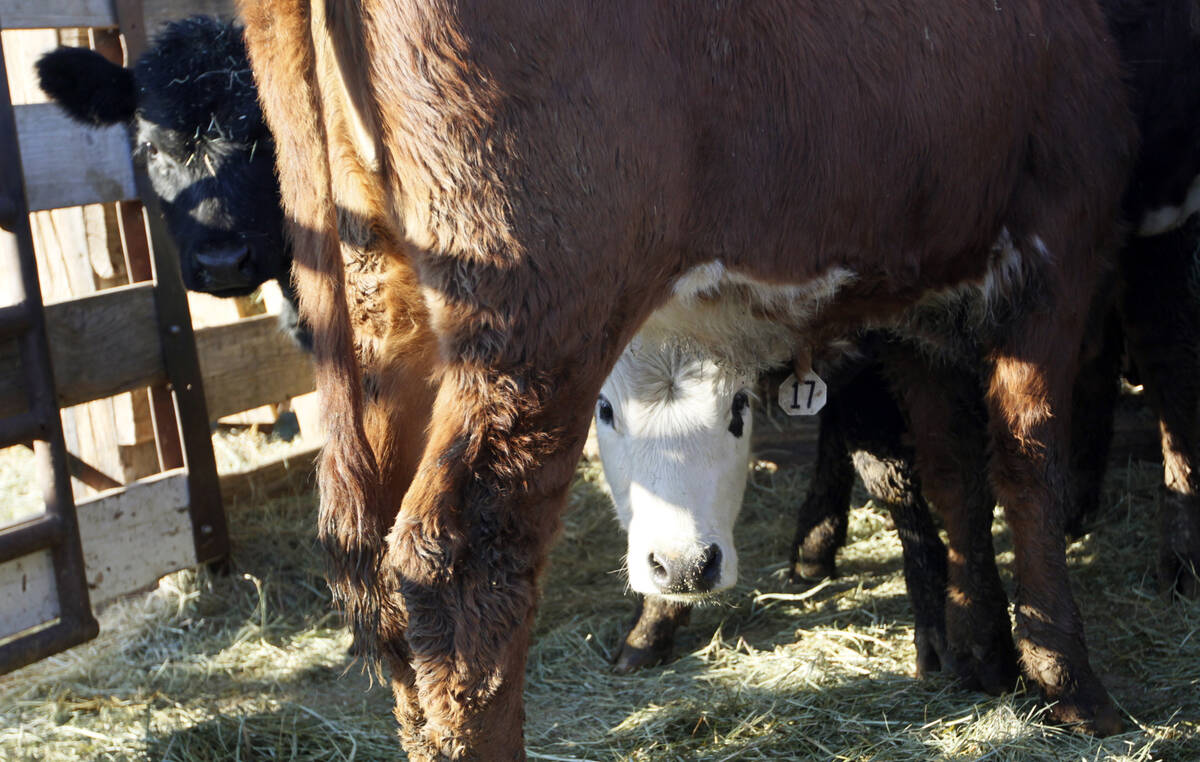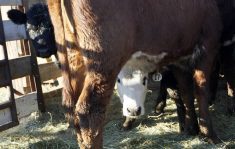SALTCOATS, Sask. – Kevin Elmy’s corn trials contain 19 varieties from five different seed companies.
He seeded them all at the same rate, on the same day and applied the same amount of fertilizer to each.
Now at maturity, some are taller, some have thinner stalks, some have more leaves and some have fewer cobs.
Elmy has ideas about the varieties he likes best but in the end he’ll let the cows decide.
“The cows are going to tell me which ones they like,” the seed grower and cattle producer from Saltcoats told producers attending his annual corn variety and grazing demonstration.
Read Also

Argentine beef plan angers ranchers
U.S. farmers are criticizing president Donald Trump’s suggestion that the country may import more beef from Argentina.
Watching 52 Black Angus cows run into a newly opened paddock in the corn field, it appears they like it all. The grazing demonstration area was seeded entirely to several Roundup Ready varieties.
Elmy is evaluating different types of corn and their use for grazing. His variety trials, now in their fifth year, contain herbicide tolerant and conventional varieties. Corn heat units range from 1,900 to 2,650.
Elmy said the grain or dual-purpose varieties are not as good for grazing because the outside layer of the corn stalk can be too thick.
“The more rind, the more fibre, the lower the palatability,” he said.
That’s why he likes some of the newer extra leafy silage varieties. The stalks are finer or, as some describe them, more feminine.
He advised growers to plant more than one variety together. An earlier maturing variety will provide the energy while a later maturing crop will be leafier. The combination provides more tonnes, he said.
Elmy estimated 205 grazing days per acre in his plot.
He said growers can play around with crop maturity by altering seeding rates. A lower rate will mean less shading within the stand but more cobs. A heavier seeding rate produces a shorter crop with fewer cobs but increased palatability.
Shorter, mushier cobs are just fine as far as the cows are concerned, he said. The cobs are more easily digested.
Elmy also said farmers who seed early want later maturing varieties so the cobs don’t get too advanced.
Grazing areas should be kept small to make sure the cattle clean up all the plants and don’t overeat.
He said he would rather move cattle twice as often for maximum grazing efficiency.
It is possible to plant corn on corn after grazing because the biomass is going through the animals and returned to the field in manure.
Elmy said some cattle producers have planted corn for five years in a row without problems.















